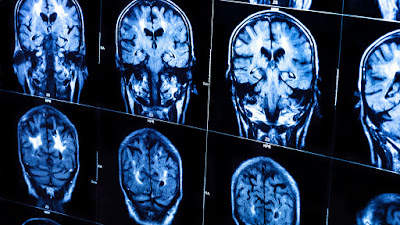The brain is a complex lattice of interconnected neurons and glial cells that act in unison, relying on electricity and chemistry to convey signals that run our vital systems and comprise our consciousness and thought.
For many years, neuroscientists have looked into the cacophony of signals that makes up the human brain. Such research aided the search for answers, such as where human consciousness lies. Findings drawn from these studies can also yield invaluable insight into the underlying causes of cognitive, behavioral and neurodevelopmental disorders, which in turn can be used to help patients manage or overcome these issues. These also inform both novel and established neurological technologies prioritizing cognitive repair.
 |
| Image source: jonlieffmd.com |
Making sense of the seemingly tangled mess of connections requires mapping the human brain. This is no small task: the human brain contains over 100 billion neurons of several fundamental types. Most of these neural connections cannot be directly detected without the aid of a microscope, but a general if incomplete picture can be made of some of the brain's activity through current imaging techniques.
In addition, what we know of mental connections can also complicate matters greatly. Longer connections cost more energy to maintain, thus the brain frequently relies on several shorter, constantly shifting connections.
 |
| Image source: jonlieffmd.com |
Moreover, our brains are resilient. Even in the face of trauma, connections can and are rerouted by the brain, bringing with them the potential to rewire the organ or to restore lost or hindered functions. As our understanding of the brain grows, so does the sophistication of cognitive techniques for training these connections, treating neurocognitive disorders, and improving key functions like memory.
Dr. Curtis Cripe's studies in neurofeedback are the groundwork for NTLgroup®'s neuroengineered cognitive repair. For more on his company's work, visit this website.







